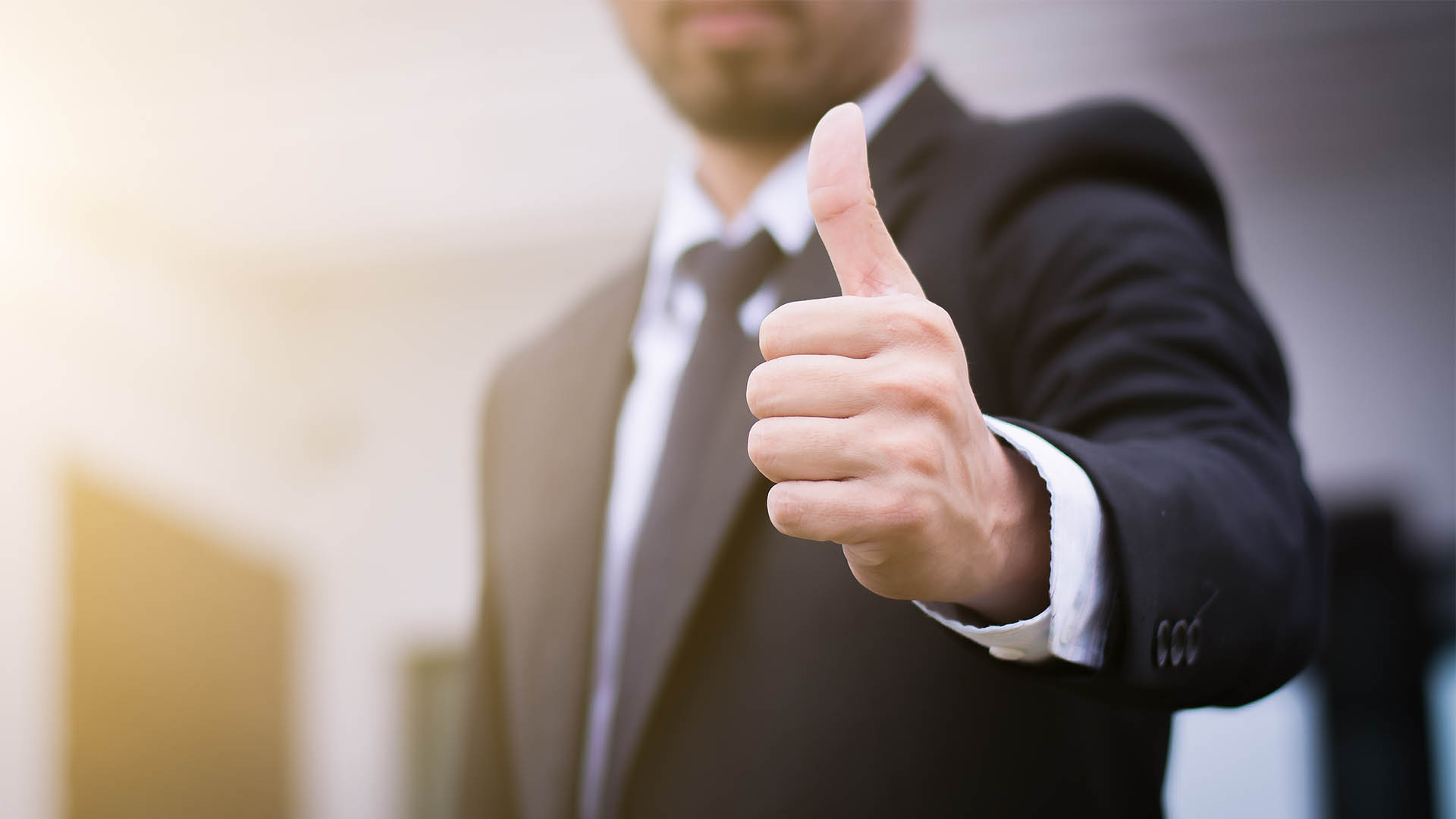Market forecasts for Australia’s trade surplus in January were too pessimistic and missed the mark completely – in fact they were not even in the same ballpark.
The market estimates for the size of the surplus were mostly grouped around $9 billion – which would have been up from the $8.8 billion in December when lower iron ore prices dragged down returns helped by a fading in other commodity prices.
No one forecast that the preliminary surplus for January would surge more than 40% to a near record $12.891 billion, but that’s what the Australian Bureau of Statistics reported Thursday as the size of the surplus for the month.
And from what is happening to commodity prices – especially coal, LNG and oil – there is every chance that the surplus for February will more than exceed the all-time peak of $13.3 billion from last July.
Economists now think the surplus could remain at ultra-high levels for months to come if the Russian invasion of Ukraine and sanctions continue to choke off supplies of key commodities and push the Russian economy towards collapse.
The surge in the Australian trade surplus in January came from an 8% jump in the value of exports and a small fall in the value of imports in the month.
That pushed exports to record levels (more than $A49.25 billion including services and over $44 billion for physical goods).
Helping was a sharp rise in income from metals and fuels – and in turn that was due to the recovery in iron ore prices from the lows of last November-December and a re-emergence of higher oil, LNG and especially coal prices mid-month – which really took off in February as the Russian invasion loomed, then happened.
In a note Westpac senior economist Andrew Hanlan said. “Iron ore and coal did have a strong showing – together up by $3.14 billion in the month – boosted by higher prices and volumes.”
“Australia is set to record sizeable trade surpluses over the months ahead. Russia’s invasion of Ukraine has led to the prices of a number of commodity prices moving higher,” he predicted.
The price surge has accelerated in the early days of March with Australian thermal coal export prices hitting record levels above $US440 a tonne (or over $A530 a tonne) and oil prices hitting $US115 a barrel and LNG prices back over $US50 a million BTUs. Wheat prices continue at 13-year highs as well.
Coking coal prices are above $US400 a tonne for high grade Queensland product on a CFR basis. That coal is shipped including freight and insurance (or CFR and paid for by local producers).
FOB prices (paid for by the buyer) usually sell at a discount to the CFR price but at the moment high grade coking coal is selling at a premium to the cfr price of more than $US70 a tonne because of the absence of Russian coal and the anxiousness of buyers to replace those tonnes.
Green metals like lithium, copper, nickel, platinum, palladium, cobalt and aluminium are also seeing big price rises as well.
Gold prices have gyrated with the seriousness of the news flow≤ silver prices are up (it’s a cheaper, more liquid market for small investors than gold).
And as good as it is for Australia, the mostly fossil fuel price boom contains the seeds of an almighty crash should the Ukrainian invasion end quickly or something dramatic happen in Russia.
Meanwhile, the Aussie dollar hasn’t fallen out of bed as some media happy currency ‘experts’ claimed it would but has remained fairly strong around 72 -73 US cents and seemingly acting as a minor safe haven for some investors (with the added bonus of a AAA credit rating).













